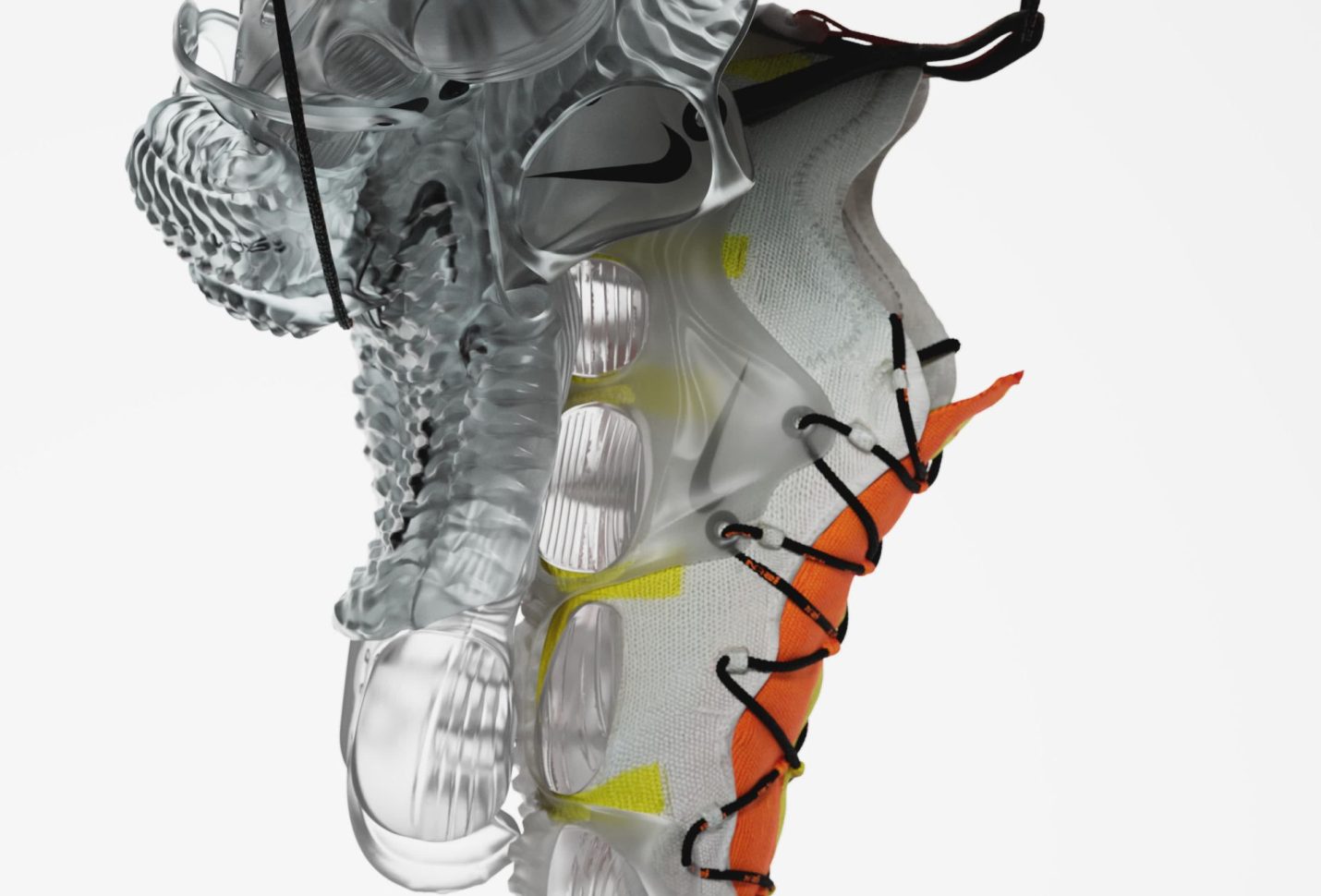
Report highlights 2 Egyptian projects among major clean energy ventures in N.Africa
A report by Energy Capital & Power highlighted two Egyptian projects – Suez Wind Power ...

Nike has introduced the ISPA Link Axis, its first exploration into creating fully circular shoes, furthering its culture of innovation.
Every part of the Link Axis can be recycled. The design uses interlocking components, as few materials as possible and zero glue.
The Link Axis has a 100 percent recycled polyester Flyknit upper that’s precisely engineered to fit over the outsole (compared to the traditional cut-and-sew method used for the Nike ISPA Link), and its 100 percent recycled TPU tooling was achieved by using scrap airbag material. The shoe also has a 20 percent recycled TPU cage.
Because recycling changes some material properties, the cage is an exercise in balancing the desire to use recycled content with the need for durability and traction.
These industry-pushing innovations are thanks to the Nike ISPA team. ISPA (Improvise, Scavenge, Protect, Adapt) is a Nike design philosophy that challenges creators to experiment, break molds and reimagine products. In the case of the Link Axis, it helps move Nike closer to its circular vision — a closed-loop system that yields no waste — to help protect the planet and the future of sport.
For more than 30 years, Nike teams have pursued design solutions in service of the athlete and the planet. They’ve unlocked new, lower-impact materials and created pinnacle performance footwear and iconic lifestyle silhouettes leveraging recycled content. As the climate crisis has intensified for athletes around the world, Nike teams have shifted into a higher gear, embracing circular design principles as creative accelerants. Those include the 10 principles outlined in the Nike 2019 Circular Design Guide, an open-source workbook to share learnings and insights with the larger design community and anyone interested in how design can help lessen impact on the planet.
For the Link Axis, the ISPA team considered the circular design principle of “disassembly,” or the ability to easily take a product apart to recycle its components, one of the more challenging principles to implement in footwear design. A good shoe is flexible and durable. Traditionally, designers use glue and other bonding elements to achieve these aims, but that makes a shoe nearly impossible to disassemble and recycle. Recycling shoes usually requires shredding, an energy-intensive process that limits how the recycled materials can be used. Creating a shoe that can be taken apart would reduce the carbon footprint of the product and open up new possibilities for its life cycle.
The Link Axis is the new pinnacle for disassembly and embodies the circular design principles of material choice, waste avoidance and refurbishment.
A report by Energy Capital & Power highlighted two Egyptian projects – Suez Wind Power ...
The opening concert of the Annual Meeting 2025 in Davos-Klosters will address the pressing issues ...
Juhayna Food Industries proudly announced that its agricultural arm, El Enmaa for Agricultural Development, has ...


اترك تعليقا